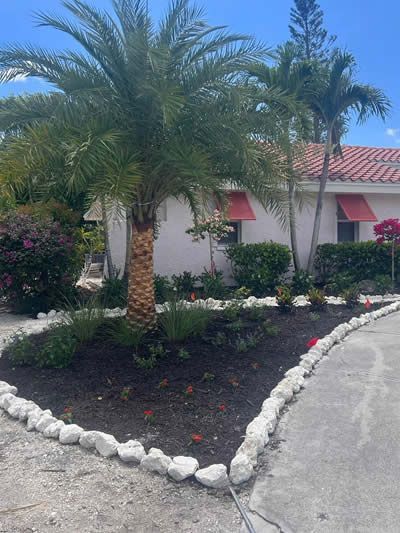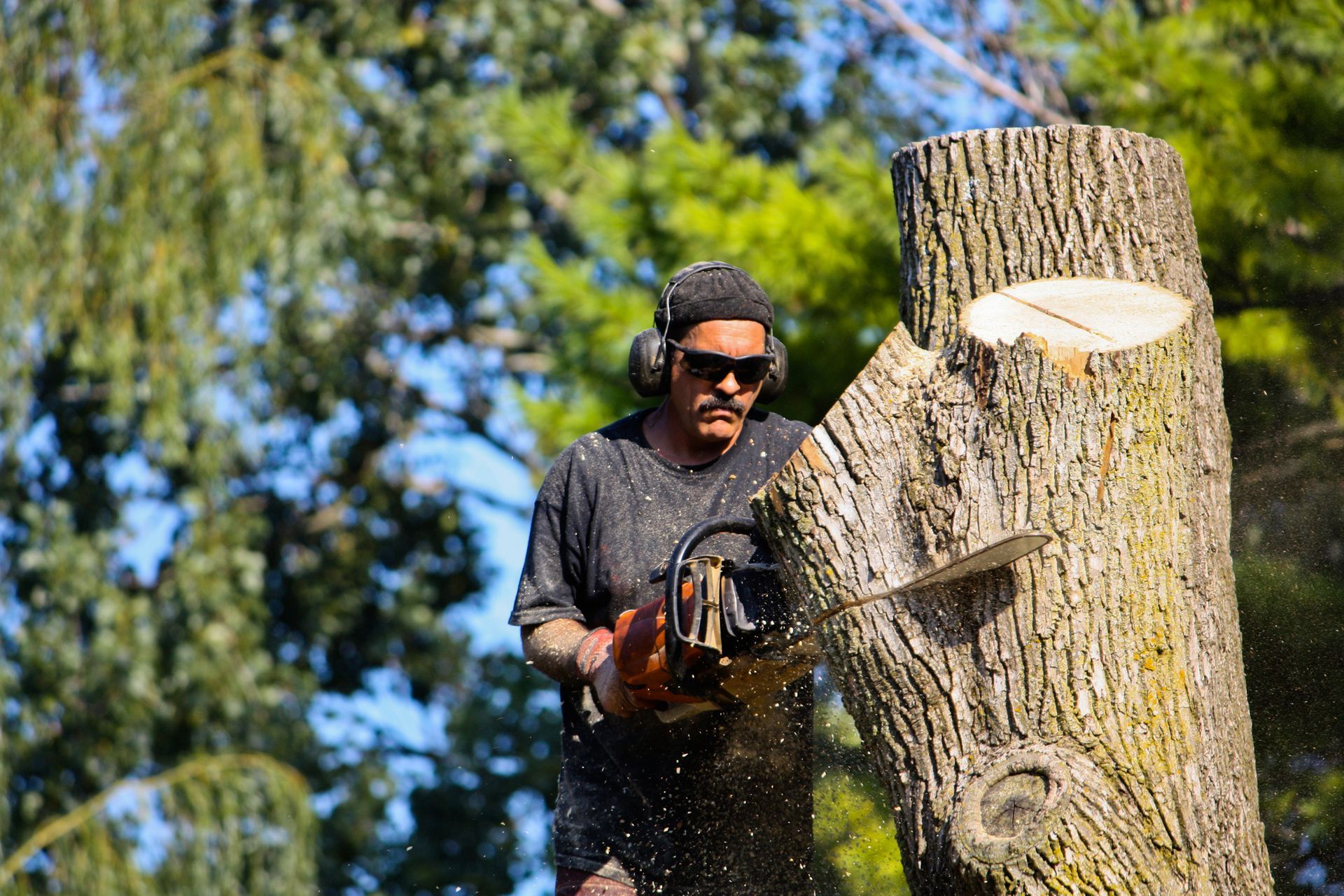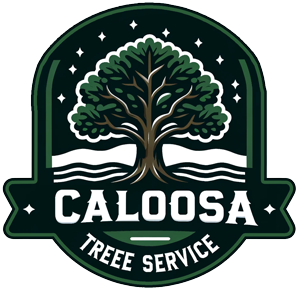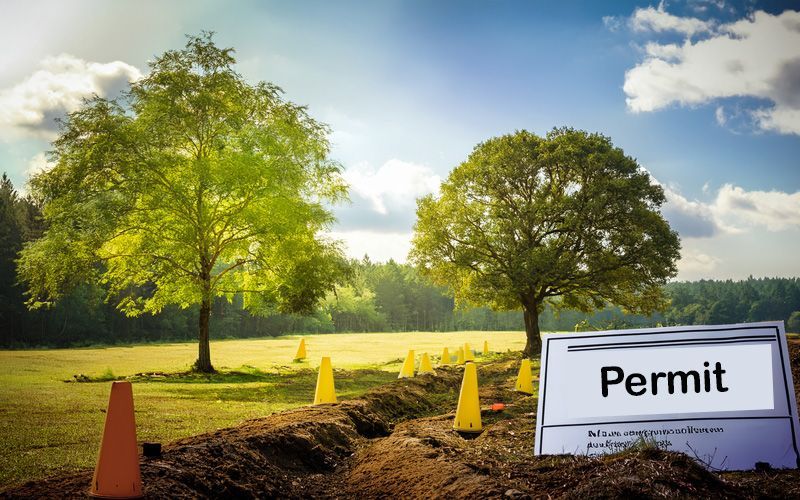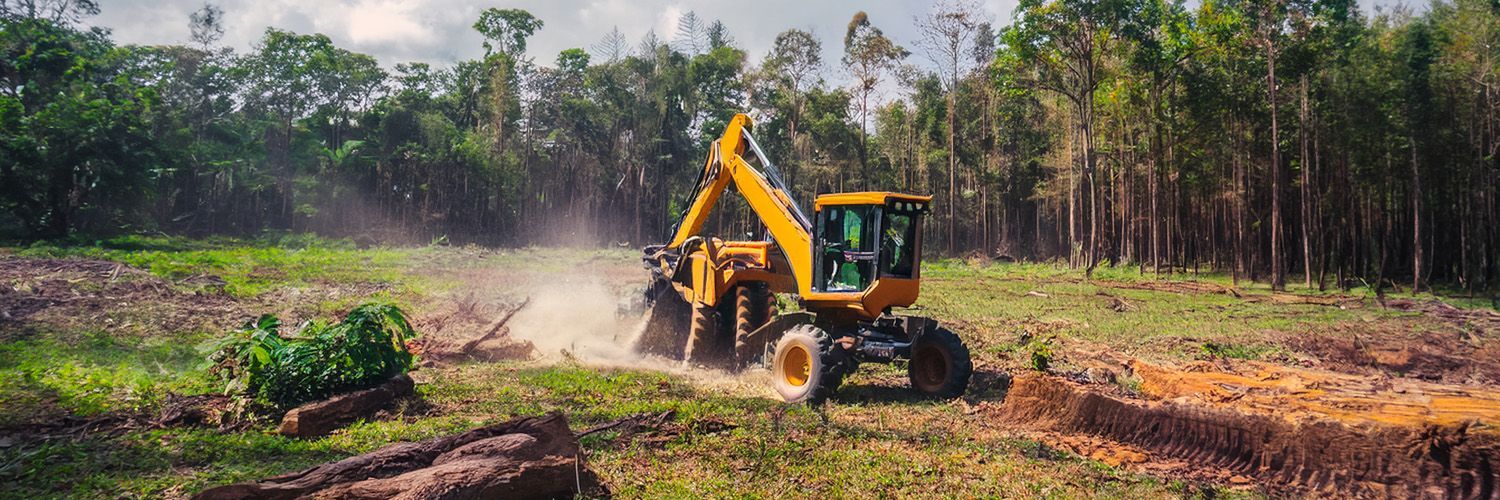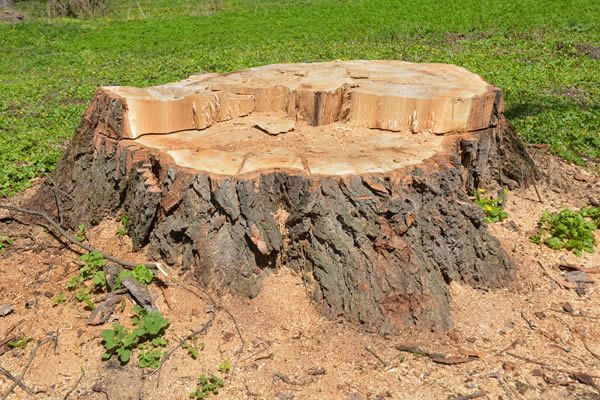Best Time for Pruning Trees in Florida
Pruning Trees in Florida: A Seasonal Guide for Healthy Growth
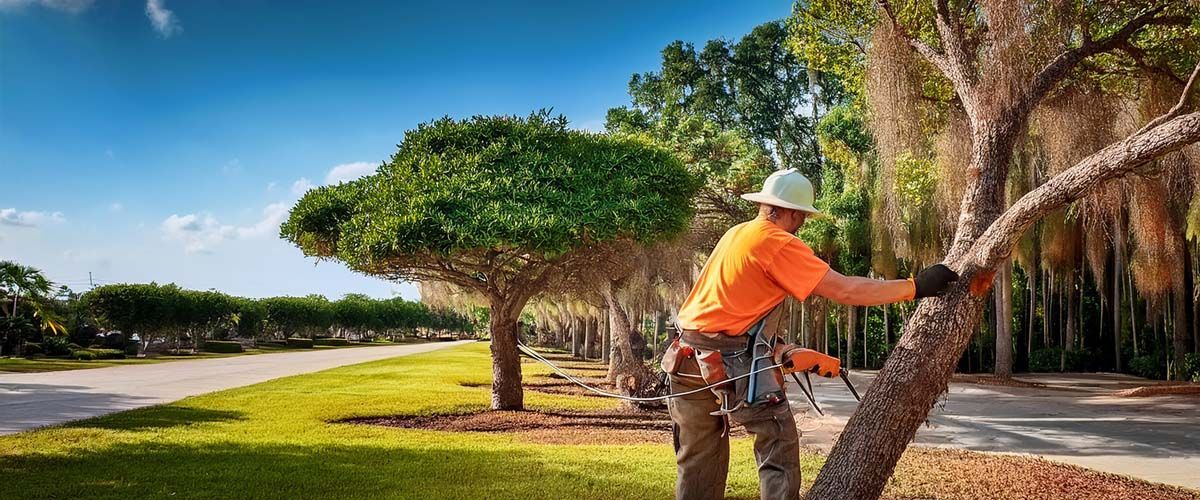
Maintaining healthy, beautiful trees in Florida isn’t just about watering and fertilizing—pruning trees at the right time is essential for long-term vitality, safety, and curb appeal. Whether you're managing a residential landscape in Cape Coral or overseeing a ministry campus in Fort Myers, understanding Florida’s unique climate and seasonal rhythms can make all the difference in your tree care strategy.
Why Timing Matters When Pruning Trees
Pruning trees is more than just trimming branches—it’s a strategic process that improves structural integrity, encourages new growth, and reduces the risk of disease or storm damage. But timing is everything. Prune too early, and you risk frost damage. Prune too late, and you might stunt growth or invite pests.
Florida’s subtropical climate—with its mild winters, hot summers, and frequent storms—requires a tailored approach to pruning. Here's how to get it right.
Best Time to Prune Trees in Florida by Season
Late Winter to Early Spring (February–April)
This is the ideal time for pruning deciduous trees—those that shed leaves in cooler months. During this dormant season, trees are less active, making it easier to shape their structure without stressing them. Plus, with leaves gone, you get a clear view of the tree’s framework, allowing for more precise cuts.
Benefits of pruning in late winter/early spring:
- Minimizes sap loss and stress
- Reduces risk of disease transmission
- Encourages vigorous spring growth
- Ideal for crape myrtles, maples, and fruit trees
Late Spring to Early Summer (May–July)
Evergreen trees, which retain foliage year-round, respond best to pruning during this period. These trees don’t go dormant, so light pruning can be done almost anytime. However, late spring offers optimal conditions for healing and regrowth.
Best candidates for late spring pruning:
- Holly
- Juniper
- Plum pine
- Cedar
Avoid heavy pruning during peak summer months, as intense heat and humidity can stress trees and increase vulnerability to pests and fungal infections.
Late Summer to Early Fall (August–October)
Some species, like live oaks and red maples, benefit from pruning in late summer or early fall. This timing helps prepare trees for hurricane season by removing weak or dead branches that could become hazardous in high winds.
Storm-readiness tip: Pruning trees before hurricane season (June–November) can significantly reduce property damage and improve safety.
Winter (November–January)
In North and Central Florida, winter pruning should be approached with caution. While the southern regions rarely experience frost, northern areas can see temperatures dip below freezing. Pruning during a frost can damage exposed tissues and slow recovery.
Pro tip: Always check your local frost calendar before winter pruning.
Regional Considerations Across Florida
Florida’s geography plays a big role in pruning schedules:
- North Florida: Watch for frost through February; prune deciduous trees in early spring.
- Central Florida: Mild frosts possible: ideal pruning window is late winter to early spring.
- South Florida: Year-round pruning possible, but avoid peak summer heat for major cuts.
General Tips for Pruning Trees in Florida
- Use clean, sharp tools to prevent disease spread
- Remove dead, diseased, or crossing branches first
- Avoid “topping” trees, which weakens structure and invites decay
- Hire certified arborists for large or high-risk trees
- Don’t over-prune—removing more than 25% of a tree’s canopy can cause stress
Final Thoughts: Prune with Purpose
Pruning trees in Florida isn’t a one-size-fits-all task. It’s a seasonal science that requires attention to species, climate, and regional conditions. By pruning at the right time, you’ll promote healthier growth, reduce storm risks, and enhance the beauty of your landscape.
Whether you're crafting SEO-rich service pages for a tree care company or writing blog content for a local ministry, this guide offers practical insights that resonate with Florida homeowners and property managers alike. Contact Us today for a free quote for your project!
